1. The Cute Phase Fades, the Chores Don’t
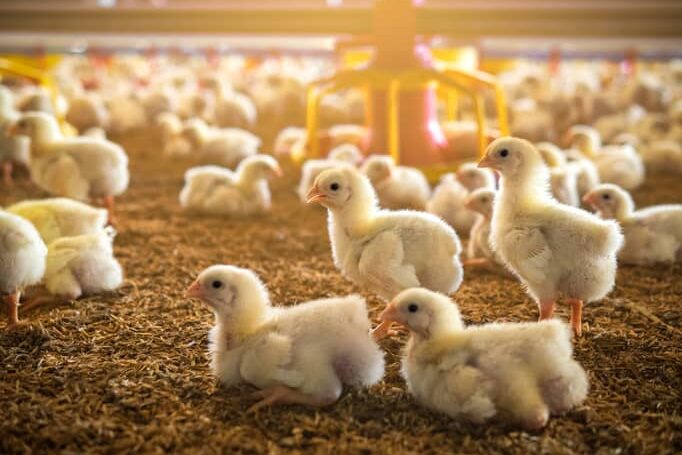
The springtime promise of fluffy, yellow chicks is an intoxicating vision of backyard bliss, but what happens when those babies grow up? That first spring impulse often turns into a decade-long routine. While chicks look like a delightful seasonal craft project, a well-cared-for hen can easily live for close to ten years, sometimes longer. This longevity transforms chicken-keeping from a casual hobby into a serious commitment. Daily care isn’t optional: you have to open and lock the coop at specific times, ensure fresh feed and water, clean droppings, check for injuries, and consistently weatherproof the environment through everything from scorching heat waves to debilitating blizzards. The novelty of collecting eggs wears off quickly, but the long-term stewardship required to keep a flock healthy remains. You’re not just adding a pet; you’re adding a complex, long-term chore list that requires dedication every single day.
2. Roosters Are an Ordinance Lesson
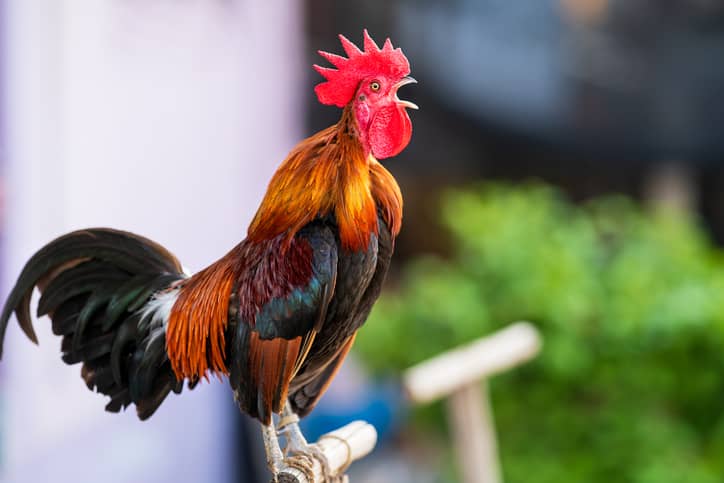
Many municipalities and homeowner associations (HOAs) allow backyard hens but strictly ban roosters due to noise. However, many hatchery and feed store orders, labeled “straight-run,” ship unsexed chicks. A few months later, the surprise crowing begins, often starting aggressively at dawn, and sometimes continuing intermittently all day long. Rehoming an adult male is notoriously difficult; animal sanctuaries are often full because they take in so many unwanted roosters, and illegally abandoning them harms local ecosystems. The fix is to be proactive: always buy sexed pullets (females guaranteed) and read your local municipal code on poultry before you ever place an order. A few extra dollars spent on sexed birds can save months of headache and prevent an eviction notice.
3. Egg Math Rarely “Pencils Out”
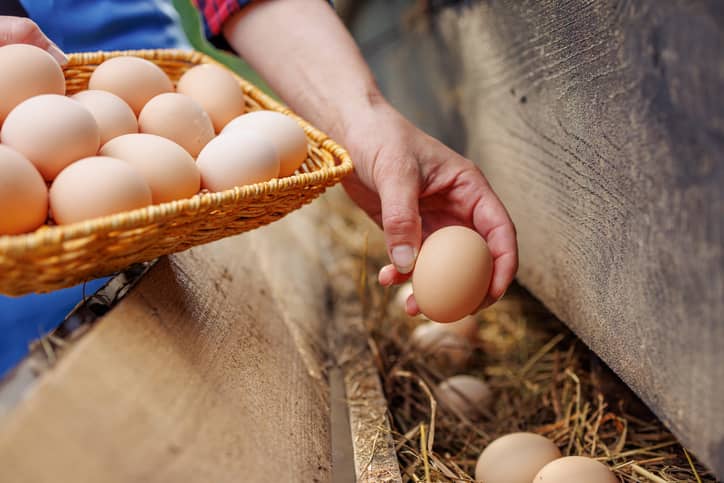
The idea that backyard eggs are “free” is a pleasant Instagram-worthy illusion. The initial and recurring costs quickly add up. You must factor in a secure, well-built coop, thousands of square feet of expensive predator-proof hardware cloth (not flimsy chicken wire), quality feed, bedding, grit for digestion, oyster shell for strong eggshells, waterers, and even electric costs for winterized water or supplemental lighting. If you honestly amortize the costs over the lifespan of the flock and the number of eggs produced, your per-egg price often far surpasses that of store-bought organic eggs. The true return isn’t financial savings; it is transparency and enrichment, knowing the precise, high-quality life your birds lead. Budget for that reality from day one to avoid disappointment.
4. Predators See a 24/7 Buffet
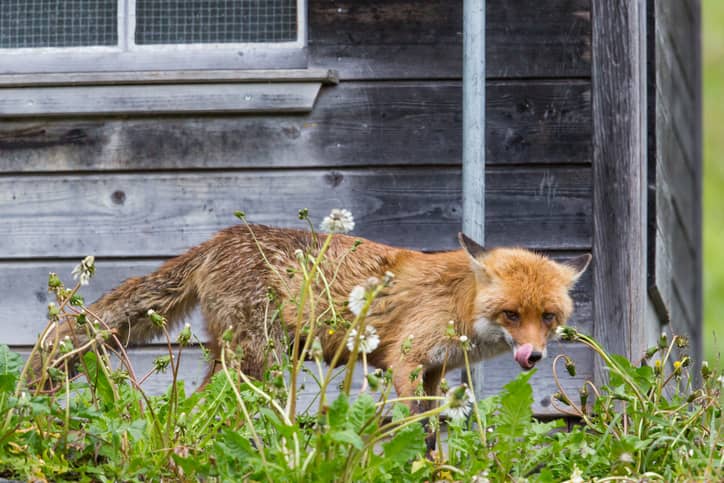
Your peaceful backyard coop is viewed by local wildlife as an all-day, all-night feeding station. Foxes, raccoons, coyotes, hawks, owls, weasels, and even large rats will relentlessly test any weakness in your defenses, and neighborhood dogs can be a surprisingly destructive threat. Crucially, chicken wire only keeps chickens in; it does not keep predators out. A secure coop must be fortified with 1/2-inch or 1/4-inch hardware cloth on all openings, including the floor or a buried skirt to prevent digging, and have high-quality, locking latches that a clever raccoon cannot undo. Nighttime security routines are non-negotiable. Good design respects local wildlife by making their job impossible, which saves your flock and prevents the heartbreaking losses you can otherwise avoid.
5. Health Becomes a Hands-On Curriculum
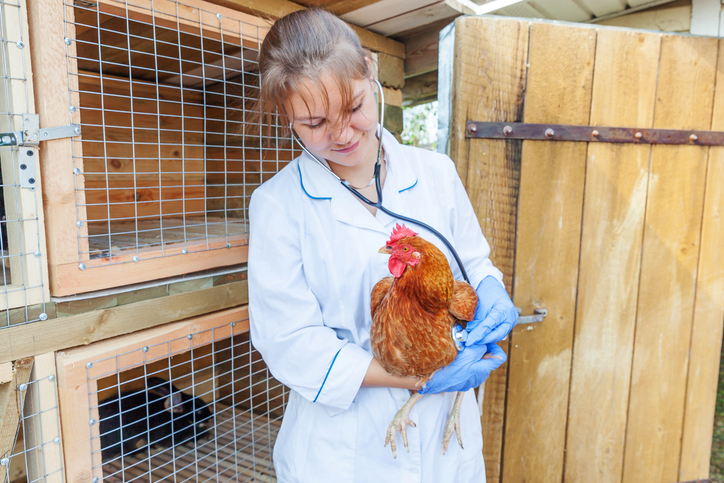
Owning chickens introduces you to the concept of biosecurity. You become responsible for managing health issues ranging from mild annoyances to life-threatening emergencies. This includes strict salmonella hygiene practices, regular checks for external parasites like mites and lice, a plan for deworming, and a strict quarantine period for all new arrivals to protect the existing flock. Common ailments include bumblefoot (a painful bacterial infection in the footpad) and egg binding (a life-threatening inability to pass an egg). Avian-specialist vets are rare and not available in every town. Successful owners maintain a basic poultry medical kit, learn to weigh their birds periodically to catch subtle weight loss, and log symptoms diligently before they escalate into emergencies.
6. Winter Separates Hobbyists from Keepers
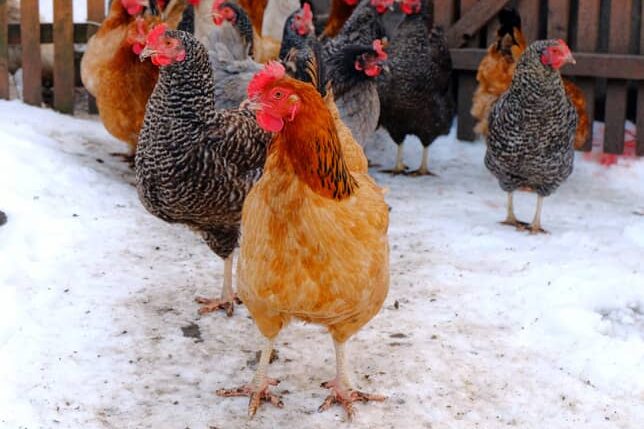
The true commitment of chicken ownership is tested by the first cold snap. The primary winter concern is not just warmth, but managing moisture and ventilation. The cozy, closed-up coop in your head can quickly lead to serious problems: condensation causes frostbite on wattles and combs, and high humidity encourages respiratory illnesses. Heat lamps are fire hazards that should be avoided; the birds are insulated and resilient. Their survival depends on providing draft-free ventilation, keeping bedding bone-dry with the “deep litter” method, and having unfrozen water, which may require an electric heater. The comfortable coop you envisioned in April becomes an engineering project in January; the keys to survivability are consistent airflow, dryness, and owner discipline.
7. The Egg Tap Turns Down
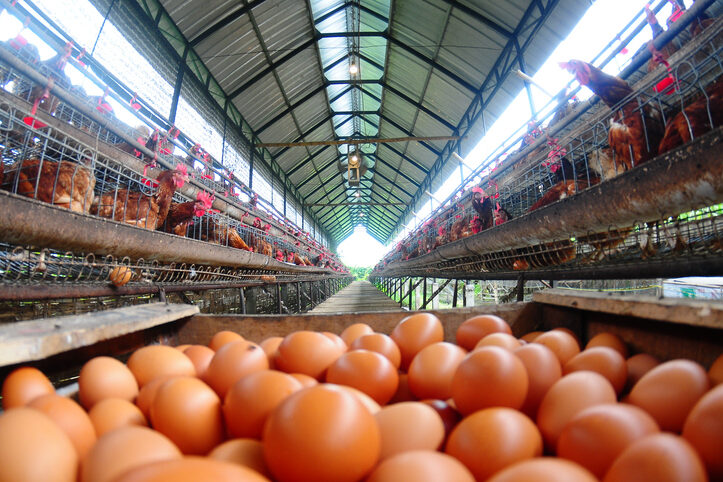
Peak egg production is relatively short, lasting only a couple of years for most breeds. After that, a hen’s laying slows significantly, often dropping to just a few eggs a week or less, while the feed bill remains the same. This reality forces many households to confront a difficult identity question: are your birds pets or livestock? The time to answer this is before your first chicks arrive. If you commit to keeping retirees, you need the space and budget for years of care without eggs. Deciding to rehome or humanely cull a hen only after her production slows down is emotionally difficult and often ends badly for the bird. Kindness and ethical stewardship require planning for the inevitable unproductive years from the very start.
8. Manure Management Gets Real, Fast
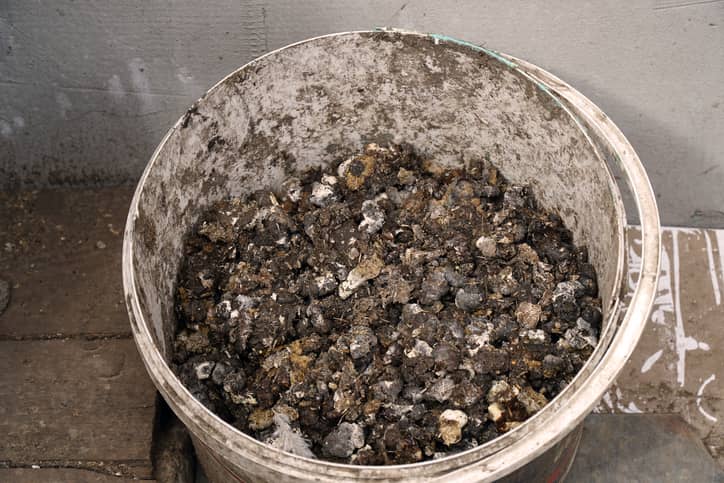
A small flock of chickens can produce a surprising volume of nitrogen-rich droppings daily. Dealing with this waste is a core part of the upkeep. When managed correctly, integrating droppings into a deep-litter system in the coop and then moving it to hot composting piles outside turns the waste into a valuable, rich garden fertilizer, or “garden gold,” after it has safely cooled. When done wrong, you quickly create problems: unmanaged piles generate strong odors, attract flies, and lead to neighbor complaints. The difference between a rich resource and a nuisance is a disciplined approach: using ample carbon-rich bedding like wood shavings, regularly turning compost piles, and having the patience to let the material age before use.
9. Flock Dynamics Can Bruise
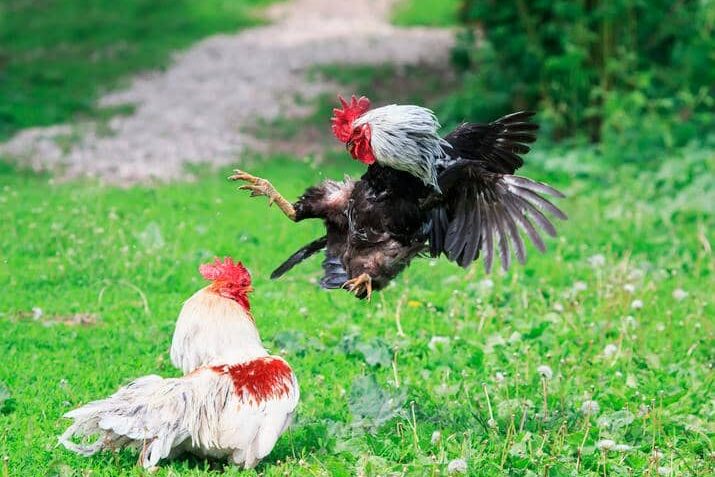
The term “pecking order” is not a metaphor; it is a very real, established set of behaviors that govern flock hierarchy. Anytime a new bird is integrated, or a dominant hen is removed, the flock must re-establish the pecking order, often triggering scuffles, chases, and minor injuries. Furthermore, crowded, bored, or underfed birds are prone to destructive habits like feather picking and even cannibalism. The key to peace is enrichment: ensuring ample space, providing regular dust baths, installing numerous perches at different heights, and giving them greens or other treats to keep them busy. A good keeper learns to spot subtle signs of bullying, separates true offenders, and addresses root causes like poor nutrition or overcrowding, recognizing that a peaceful coop is designed, not wished for.
10. Neighbors Notice What You Don’t Manage
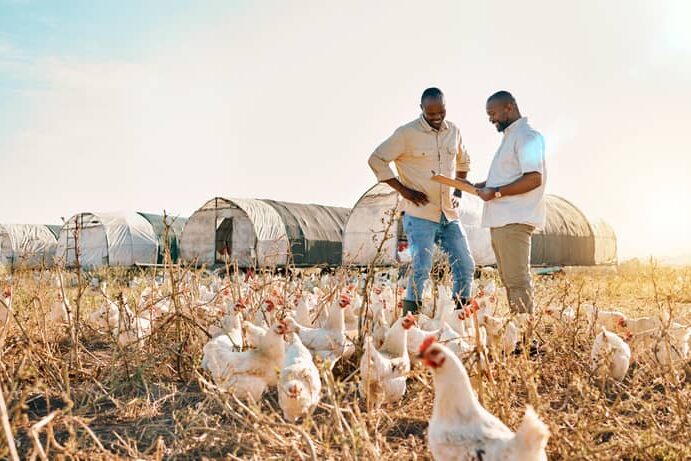
The legality of keeping chickens is one thing; maintaining neighborhood goodwill is another. Your flock’s activities can quickly become a source of contention. Potential issues include the noise from early-morning clucking and squawking, spilled feed that inevitably attracts rats and mice, the drifting odor from poorly managed manure, and, inevitably, the escapees that scratch up flower beds. The antidote is ruthless cleanliness, sanitizing feed containers and securing storage, fast fence fixes, and, most importantly, egg diplomacy. Sharing a carton of fresh eggs, communicating plans for building or maintenance, and being responsive to feedback are essential. Your flock’s long-term future may well depend on the patience and good graces of your entire block.
11. Chickens Teach Hard Lessons
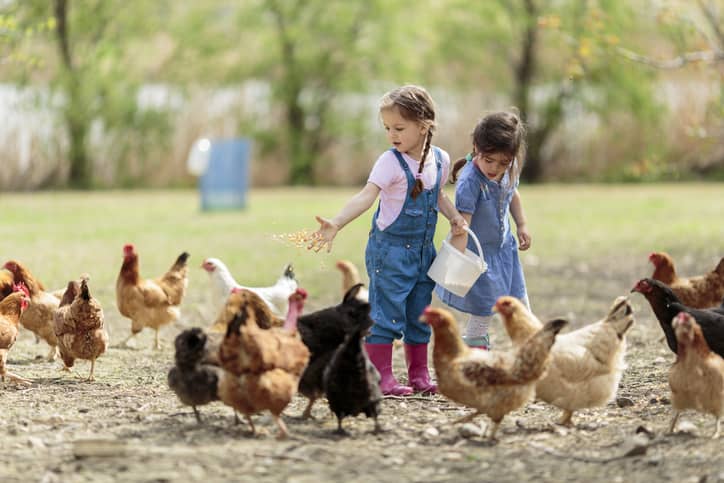
Involving children in the daily chores can build empathy, routine, and a sense of responsibility. However, the experience also requires adults to scaffold the hard moments. Chicken-keeping inevitably involves injuries, predation losses, and the aging of beloved hens that stop laying. These moments offer powerful, necessary lessons in care, loss, and the cycle of life. The conversations must be honest and age-appropriate. Adults must supervise all handling to prevent injury to the bird or child, model calm responses during a crisis, and, crucially, let kids help solve problems, not just enjoy the camera-ready moment of collecting a fresh egg. The reality is that the best life lessons often come from the hardest parts of stewardship.
12. Rescue and Rehoming Complete the Cycle
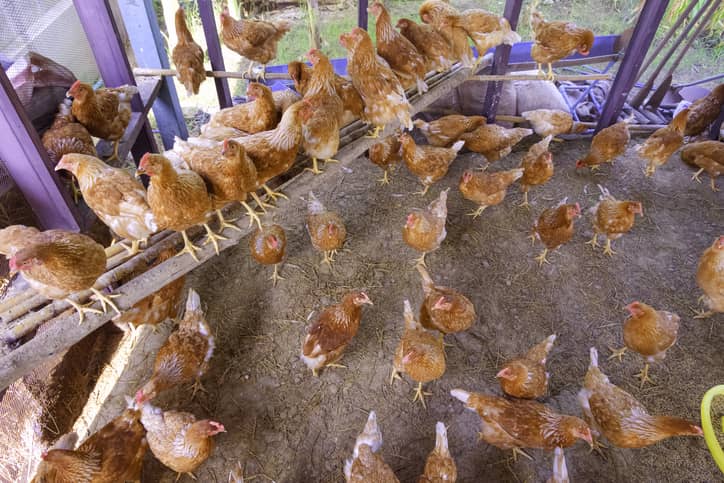
The spring rush at feed stores often leads to overselling and overbuying, resulting in rescues and animal shelters being full by autumn. Adopting sexed, started pullets is a responsible alternative: it avoids the fragility of the brooder stage, eliminates the risk of a surprise rooster, and gives a deserving, second-chance bird a stable home. Furthermore, life changes, a job move, a new baby, an unexpected illness, happen. Being a sustainable owner means planning the exit as carefully as the arrival. If you must rehome your flock, use the same established networks of rescues, homesteading forums, and local keepers. The backyard chicken boom only becomes ethically sustainable when owners prioritize the well-being of the birds throughout their entire lifespan, including a responsible end-of-life plan.
The shift from cute chick to long-term hen is a fast and profound one. Ultimately, keeping a flock is less about the egg carton and more about the education, a daily, living lesson in commitment, engineering, and the beautiful, complex reality of nature. What part of the chicken life cycle surprised you the most?
This story The Backyard Chicken Boom: Cute chicks, hard truths, and 12 things that happen when the flock grows up was first published on Daily FETCH


